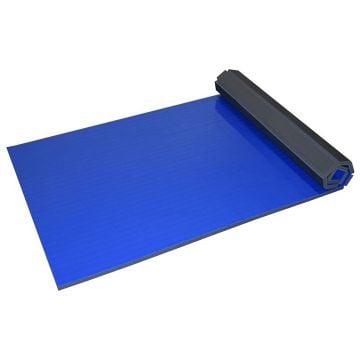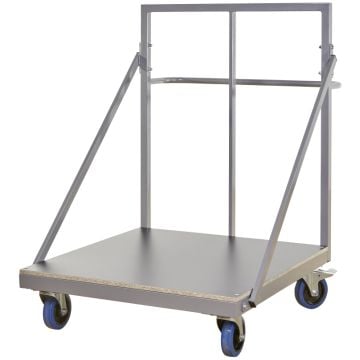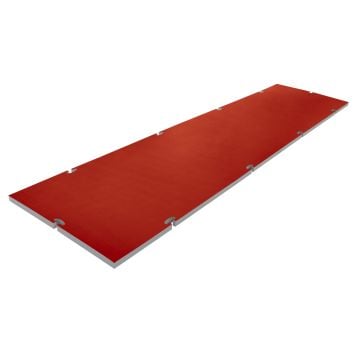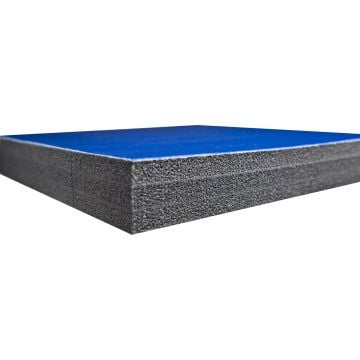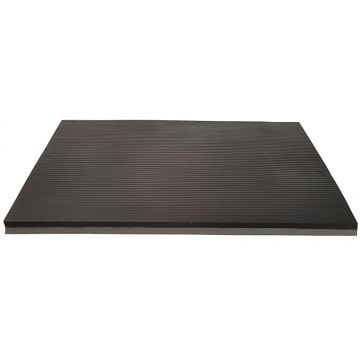
Judo Mats
Judo mats: the differences
The selection of the right judo mats depends on a few requirements. The age group, the level of performance and the associated degree of hardness are important criteria. In addition, the area to be laid out and the possible storage must be observed. Judo mats are available in different sizes, but the usual sizes are 100 x 100 cm, 100 x 150 cm and 100 x 200 cm. In general, however, the plate size 100 x 100 cm is used most often, since any dimensions can be put together as a puzzle mat with these dimensions.
In addition to the actual fighting and training area, which is mostly medium-hard, individual training mats are also used for specific throwing training. These throw mats are usually a bit softer and thicker in order to offer the training partner more comfort when landing.
Judo mats are multi-layered and are also used in other grip and throw dominant martial arts for dojos, combat areas and as training mats, including: Kickboxing, MMA
What is special about judo mats?
A judo mat is indispensable for training and competition. Even professional judoka would suffer serious injury on a hard hall floor. The padding and the degree of hardness of the foam used are therefore particularly relevant when buying judo mats. While wrestling mats are covered with a tarpaulin and are also equipped with Velcro fasteners on the side edges, judo mats are laid out open and are only provided with a non-slip underside.
Why do you need judo mats?
The judo mats are an integral part of the practice of judo sport. They enable the athlete to stand safely and securely. In addition, they must have special cushioning properties to minimize the risk of injury.
Are there any harmful substances in the martial arts mats?
Pressed straw was used for a traditional judo mat. However, these tatami mats are much more susceptible than modern foam mats, which is why pressed foam is now the most used material for judo mats. The surface is sealed and usually provided with a structure that is reminiscent of the traditional rice straw pattern. Traditional judo mats are free of pollutants, foam mats are at least low in pollutants and extremely durable.
Building a judo mat
The 4-5 cm thick judo mats offer effective protection against injuries during throws and due to the anti-slip coating on the underside, the judo mats do not slip away during the fight. The structure is usually in three parts. Foam with different degrees of hardness is used for the mat core. The mat is laminated on both sides, the top is generally made of vinyl. This substance is insensitive and easy to clean.
How do you clean judo mats?
Surface dirt can be easily removed with a cloth. On the smooth top, this normal "dusting" is sufficient in most cases. If the dirt could already penetrate the pores of the judo mat, you should moisten the cloth slightly beforehand, perhaps in a weakly concentrated detergent solution. After such treatment, the mat must be completely dry before the next use.
The steam cleaner is another option because its hot steam penetrates the deep-lying fabric of the mat at high pressure. If stains were already present, they could not disappear entirely. In any case, the judo mat is germ-free after such treatment, and without the use of disinfectants. Chemical cleaners damage the tissue structure over time and can have a long-term negative impact on the health of athletes. Therefore judo mats should not be cleaned with chemical agents.
Storage of judo mats
Not every club has its own room and can leave their martial arts mats laid out. The areas for training often have to be set up and taken down again. There are transport trolleys for storage and transport that are specially adapted to the formats of the mats.
